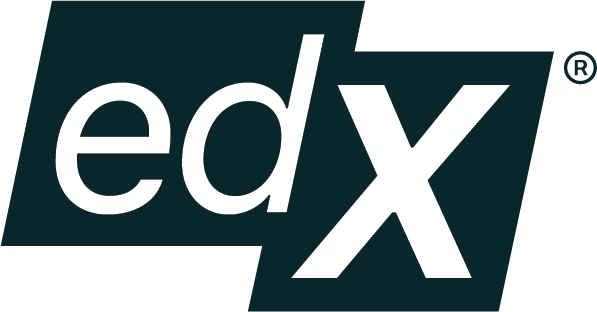Developing a Starting Point on Leadership
- lemclean
- Oct 5, 2021
- 2 min read
Theories and activities applying to individual context
Our ability to develop strong leadership qualities will greatly depend on the foundational knowledge that has been established from theories and other relevant information. What's more, leadership in organizational change is also about understanding the different moving parts that must be addressed by the leaders themselves to activate the necessary awareness and desire for change. In starting this course, the first few weeks have focused on building or refining the fundamentals of leadership skills.
The following are important perspectives that form a foundational barrier to leadership growth and development:
Leadership principles and philosophy - extremely important for us to define what are our leadership principles and how they would evolve over time
P.A.R.T Activity - identify ways by which a leader can understand his/her learning style
P – Pragmatists
A – Activists
R – Reflectors
T – Theorists (found myself locked within this category)
Innovation Configuration Map - creates from a framework whereby you can model the experience through components and variation
Application of change theories and class learnings to problem of practice
Applying the core theories from these few weeks is about understanding how they can be valuable to my problem of practice. In fact, there are immediate plans to leverage reading materials and examples whereby they can be applied to my work environment. It is always important to assess how we can translate the theoretical into practical usage in your organization. Most specifically to the problem of practice around knowledge management improvements, several great ideas can be beneficial as the framing of the problem becomes more visible and refined.
Below is a quick summary of the application of the change to the problem of practice:
Recognizing the need to facilitate and accommodate the different learning styles
Leveraging the innovation configuration mapping for the problem of practice especially by providing the stakeholders how they will benefit from the particular innovation of choice
It is most relevant to understand the real meaning of leadership, which according to Northouse it is about a process, requires some form of influence and driving towards common goals in a collaborative manner
Making decisions should be done through a strong understanding of the learning style of others
As leaders, we must adjust through different activities such as brainstorming, problem-solving, group discussion, one-on-one session, and other methods to bring others along

The Leadership Grid - Analysis View
Learning & Personal transformation
There are so many different information available concerning leadership in organizational change. Clearly, as a leader in these difficult and unprecedented times, I have to remain strong in the midst of all the rapid changes. One thing for sure is that change never stops. It is a constant movement that one has to acknowledge and ensure that there are ways to influence change. With this in mind, I am on a growth mindset and learning path that requires a deeper connection of information that changes rapidly. Furthermore, the more I realize how to manage and deal with change the better it will be for my personal transformation as a leader. Because of this too, evolving perspective to ensure that growth is happening on a regular basis is also going to be a top priority. For the most part, personal learning from the content across a host of theories and concepts will continue to drive the necessary awareness from my perspective.




ความคิดเห็น